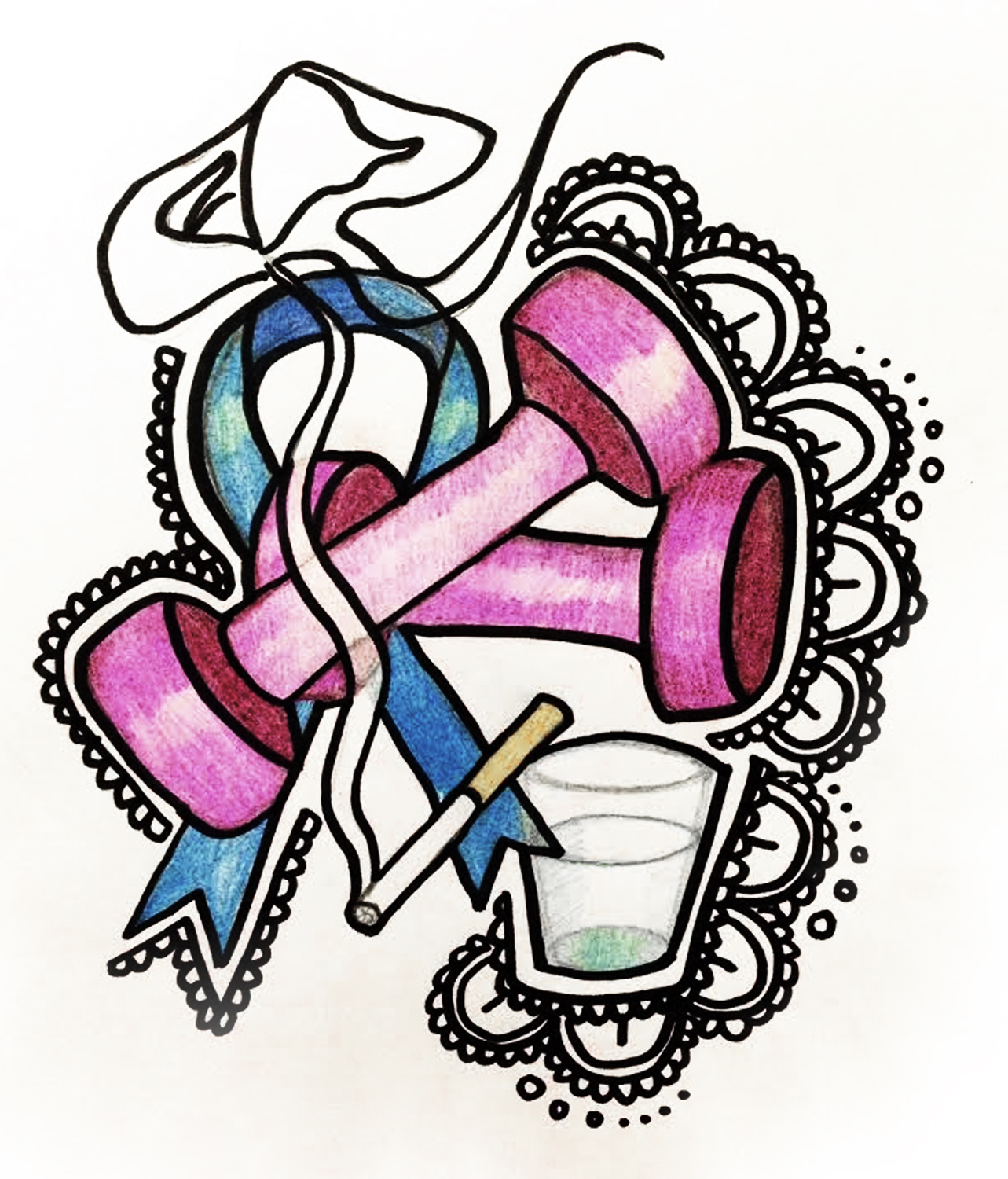Last week, a study on prostate cancer risk from the Université de Montréal was published in Cancer Epidemiology, sparking widespread discussion. Dozens of articles and blog posts were published on the study, with headlines such as: “Men with more sexual partners have lower risk of prostate cancer” and “Men who sleep with multiple women REDUCE their risk of prostate cancer.”
However, only a few media outlets presented the findings of the study accurately, while most sensationalized them. For example, both the Huffington Post and the Telegraph reported on the story, each spinning the findings by implying men who sleep with more women reduced their chances of developing prostate cancer. Yet the study never actually claimed causality, a fact which many media outlets have not mentioned or clearly explained in their articles.
Marie-Élise Parent, a professor in the Epidemiology and Biostatistics Unit at the INRS-Institut Armand-Frappier, and one of the three researchers involved in the study, told The Daily in an interview that, “One of the conclusions [of the study] was that males who had over twenty female sexual partners over their lifetimes had a lower risk of prostate cancer. […] It could be an independent indicator of something else like the frequency of ejaculation. […] But this was just an observation, an association. […] One study cannot call for causality.”
Parent’s study was part of a larger initiative to investigate the risk factors of prostate cancer. She explained that “we are contributing to one piece of the puzzle.” It compared 1,590 individuals diagnosed with prostate cancer and 1,618 randomly selected Canadian males living in Montreal. Each individual was interviewed about their socio-demographic factors (like family income and highest level of education), their lifestyle (including their sexual activity and exposure to STIs), and medical and environmental factors.
This can often become like playing a game of broken telephone; the information is passed along from scientists to the public but is often corrupted either intentionally, or accidentally, en route.
One of the study’s conclusions was that males who had more than twenty female partners during their lifetime had a lowered risk of prostate cancer while having more male partners increased risk. However, the study only looked at the correlation between number of partners and cancer risk. This does not prove causation. For causation to be proven, more data would need to be collected, and further studies conducted, to replicate the findings. It is important to distinguish between correlation and causality. Just because variable A increases when variable B increases does not necessarily mean the increase in variable B is causing the increase in variable A. In the case of this study, having observed that men who have more than twenty female partners have a lower tendency to develop prostate cancer does not mean that sleeping with more women will reduce your risk of prostate cancer.
To prove causality, the study has to be replicated several times and repeatedly show association between sleeping with more than twenty women and decreasing prostate cancer risk.
When the study was published, it resulted in a wide spectrum of reactions. Parent noted that the study has created insightful discourse within the scientific community. However, Parent has also received negative reactions in the form of harassing phone calls and emails from “people who think we are promoting promiscuity, which is not what we are doing.”
This experience has left Parent frustrated. “The media can turn a story [into] quite a monster. We [scientists] have no way to influence that. We do a lot of excellent interviews and press releases, but what people are using is often second-hand information. At the end of the day, it becomes distorted, and that is worrisome.”
This worry was echoed by Timothy Caulfield, a law and public health professor at the University of Alberta, who in 2013 gave a talk about the accuracy of health-related headlines at McGill’s Lorne Trottier Public Science Symposium. In this talk, he stated that “non-science sells more than science” when it comes to the mainstream media, resulting in an abundance of bad science being propagated among the general public. He urged members of the public to be cautious when it comes to scientific headlines.
Ideally, scientific literature would contain accessible language and be available without a paywall. However, this is not the case, and a vast majority of people rely on the mainstream media to learn about scientific research. This can often become like playing a game of broken telephone; the information is passed along from scientists to the public but is often corrupted either intentionally, or accidentally, en route.
Currently, once a scientific article goes through the peer-review process and is accepted for publication, scientists have to pay several thousand dollars if they want to have their research freely available to the public. This is a fee that many like Parent feel is too expensive to bear, especially in this day and age, when scientific funding is being cut drastically. Instead, scientists often publish summaries of their research on their websites and give talks at public conferences in an effort to communicate their findings with the public directly, while avoiding media involvement.
Parent is still receiving several interview requests daily, but has decided to stop conducting them due to the time commitment, and because she fears it will contribute to the misconceptions already perpetuated by other media outlets.
Science journalism tries to bridge the gap between scientists and the public by acting as a translator, converting scientific literature to be more accessible to those who are funding it – the public. Science journalists have the task of accurately portraying scientific research while making it more accessible to people who do not have science degrees. However, next time you read a headline about science – especially on outlets known to sensationalize results – treat it with a healthy dollop of skepticism.

